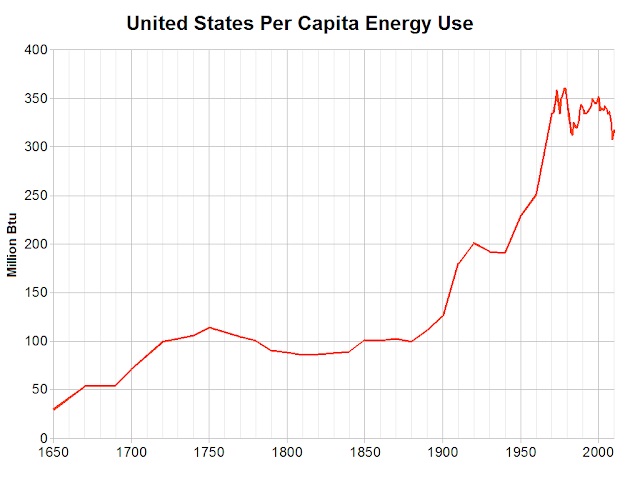The Balance of Nature
People often talk about the balance of nature in mystical, quasi-religious terms. They believe that the order of nature is generated by some mysterious moral force that serves the interests of all life forms. They view nature as a kind of benevolent deity, the order of nature as intrinsically normative, and human intervention in nature as a kind of sin. They use terms such as “harmony” to describe how life forms fit together into ecosystems. This view is wrong. The balance of nature is not an ideal state that is maintained by a mysterious process or agent. The balance of nature is simply the balance between reproduction and competition. Those two forces, acting on variation, generate the order of nature. Organisms can be categorized into types. A type is both a physical form and a way of life. For example, a species is a type of organism. Male and female are also types. How we divide up organisms into types depends on what we are interested in. When we have defined the types th
